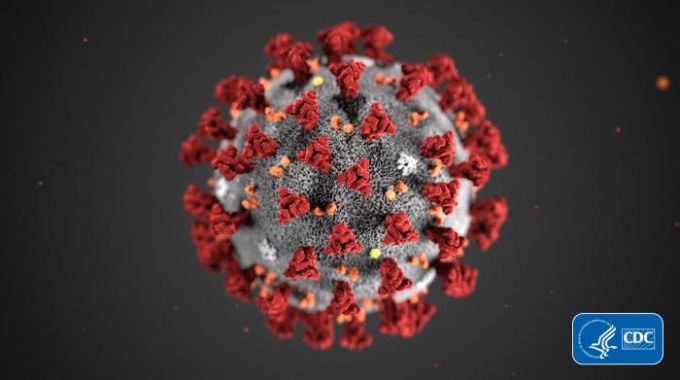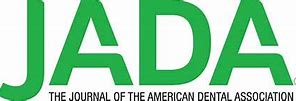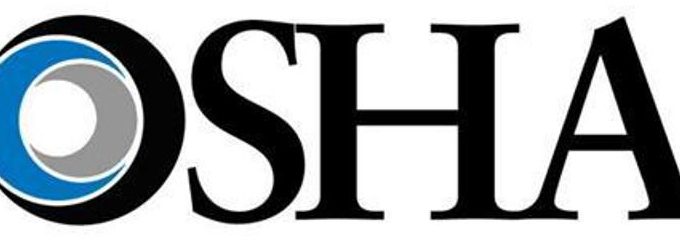As COVID cases surge across the country, California dental employers must continue to follow Cal/OSHA’s…
New California Dental X-Ray Quality Assurance Requirements – UPDATED
JULY 2013 UPDATE
In response to x-ray user concerns about the new QA regulations that went into effect late last year, the California Department of Public Health Radiologic Health Branch (CDPH-RHB) created Frequently Asked Questions to the new regulations. As of October 2012, dental offices that utilize chemical x-ray processing must implement and perform a quality assurance assessment of their operational procedures and resulting x-ray films, using reference standards.
The Frequently Asked Questions document from CDPH-RHB are available can be downloaded from OSHA Review’s website, in the restricted section under Documents or here.
OCTOBER 2012
Effective October 3, 2012, new California regulations finalized by the California Department of Public Health Radiologic Health Branch (CDPH-RHB) require dental offices who process x-rays with traditional radiographic equipment to meet specific quality assurance standards. While these rules do not apply to digital x-rays, CDPH-RHB is looking to develop similar regulations for digital radiography.
Quality assurance is defined as planned and organized actions necessary to provide adequate confidence that dental x-ray equipment and processing will produce quality, reliable radiographs with minimal doses to patients and staff. Implementation of a quality assurance protocol consists of establishing quality control procedures for the equipment along with administrative procedures to ensure that monitoring, evaluation, and corrective actions are properly performed.
The new regulations – Title 17 California Code of Regulations Sections 30305.1–30311.1 – can accessed at CDPH-RHB’s website (http://www.cdph.ca.gov/programs/Pages/RadiologicHealthBranch.aspx), and require dental offices using traditional film radiography to:
- Store radiographic films in accordance with manufacturer’s recommendations.
- Store, use, and maintain intensifying screens, grids, viewers, film processing equipment, and chemicals according to manufacturers’ recommendations.
- Provide a technique chart for each view commonly performed for each x-ray machine.
- Select a reference film for use in daily comparisons of dental radiographs.
- Compare clinical radiographs to the selected reference film for density, contrast, sharpness, and overall quality.
- Take corrective action when observable changes occur.
- Maintain records of the corrective actions taken,
CDPH-RHB will direct dental offices as to the appropriate corrective action to take if the entrance exposure to an adult patient for a routine intraoral bitewing exam is found by CDPH-RHB to be outside specified ranges
For our OSHA Review Subscribers: Information on how to create a reference film, as well as a template dental office x-ray quality assurance protocol can be downloaded from OSHA Review’s website (www.oshareview.com), in the restricted section under Documents. (See cover page with this issue for login instructions.)



